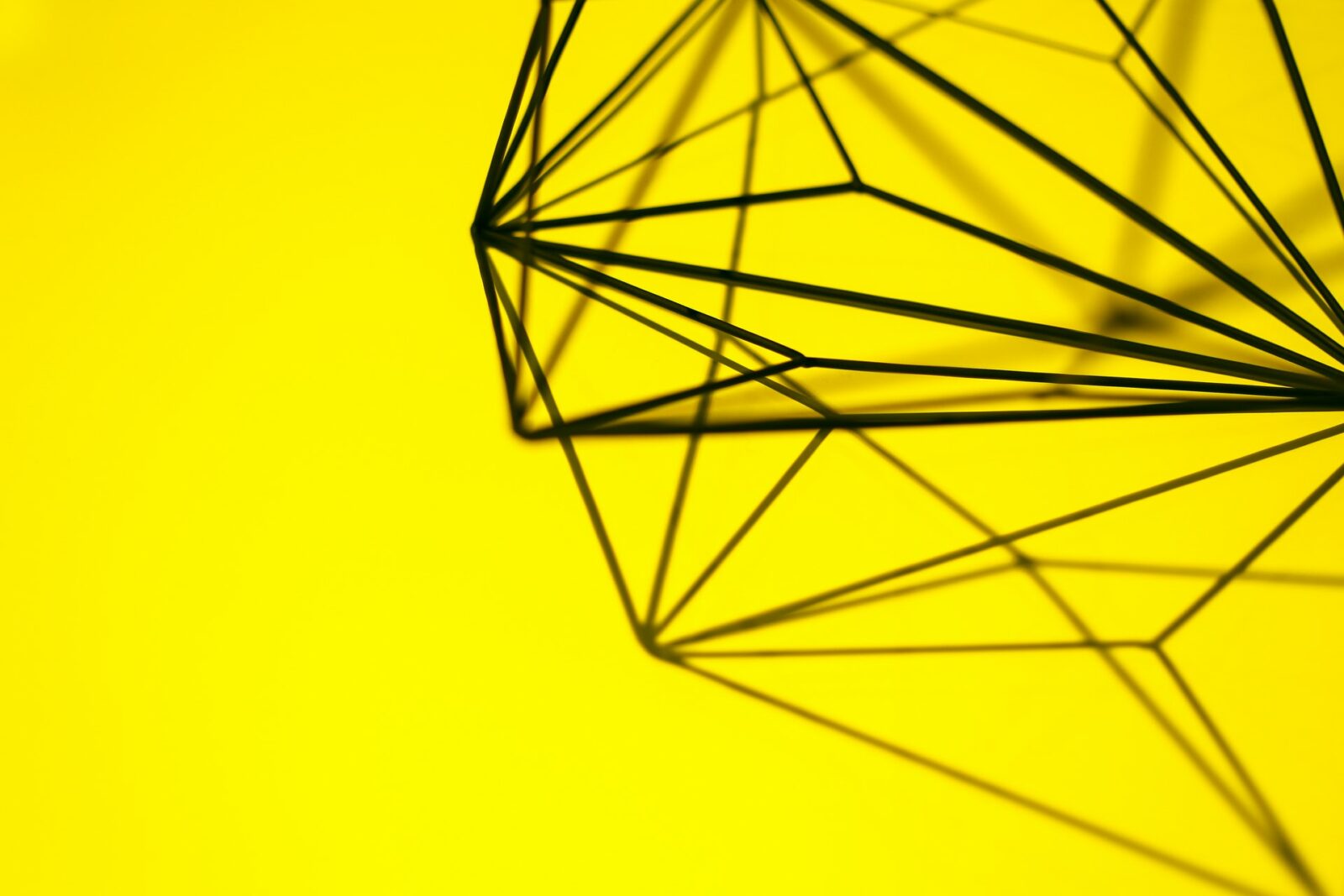

There are as many definitions of design as there are designers. Ask three people what design is and you’ll likely get three totally different answers. Well, don’t be led astray that design is just “thinking” or it is always “stuff that looks pretty.” We’re in the middle of a Post-it® note era where design has become synonymous with people looking at whiteboards covered with the colorful squares. Yes, design can be a Post-it® whiteboard, but it’s so much more.
Design “Outcomes”
Design is the whole ball of wax—industries, thinking, designed things like buildings… it’s really confusing. This singular term gets thrown around a lot in the design profession but it can cause more harm than good. Merriam-Webster defines design “to create, fashion, execute, or construct according to plan.” Basically… if you do it according to a plan, it is design. Gosh, when we say it that way, no wonder “design” is confusing.
Design Outcome is an effective way to communicate the products, services, and systems that designing produces. Coffee mug? Design outcome. A plan for landscaping a park in International Falls, MN? Design outcome. The Chipotle app for buying food? Design outcome.
No matter the type of design, in order to be designed, these outcomes must be:
- Human-made
- Used (by someone) to achieve a purpose
A service design plan can be used to define how we get a coffee at Starbucks. A bus wrap can be used to communicate a new children’s museum to audiences. A garment can be used to keep the wearer warm, or it can establish their rank in the military, or it can communicate their socioeconomic status.
See how design can take all kinds of forms? It’s why referring to design as “outcomes” is helpful—when a design can be a plan, a thing, a process, and a building, referring to it as an “outcome” is sufficiently broad enough to be accurate regardless of the type of design or its format.
Essential Parts of Design
Design isn’t problem-solving—that implies you need a problem in order to design anything. It’s much more than that. Let’s use Herbert Simon’s definition from The Sciences of the Artificial (1996) to break design into its simplest parts so we can look at design more closely.
Design starts with a present, “less-desirable” condition.
Let’s say someone is not happy with how their potted plants drain when it rains. The soil starts to float up and the plants get soaked. It’s a real mess. More specifically, it’s “less-desirable” than what could be.
Design projects a “more-desirable” future condition.
Wouldn’t it be great if those plants were in a container that could drain easily regardless of the amount of rain? What a future that would be… properly drained plants!
An intervention is created to make that future condition more likely.
A series of plant containers with holes in them are created. One advanced prototype features an internet-enabled version with sensors that can text plant-lovers when the container can no longer drain water in the case of a huge thunderstorm.
But Shouldn’t Design Look/Sound/Feel/Be Well-Crafted?

There’s this misconception that a design has to be perfectly crafted. I’m here to tell you that it doesn’t have to come from some big-name designer or be created with the best paper or building materials, fabrics or Post-It Notes. Do not be fooled by people who tell you this. A design is successful as long as it achieves its intended goal.
Now… a design that looks/sounds/feels/is expertly crafted is more likely to achieve that goal more effectively. Audiences who enjoy the look or function of a design outcome are more likely to use it. A design outcome like a smartphone app interface that frustrates people is just going to get deleted from the phone instead of adopted and used every day. The WPA poster to the right is a good example. The information is easy to read, all the right content is there (date, event name, place, and that there will be prizes), and the image communicates fun. The poster seems to say “come roller skate with us and you’ll have a good time” without literally saying it.
So, yes. Design outcomes should be well-crafted if they hope to achieve their intended goal. The better the craft, the better the chances of achieving that “more-preferred future condition,” especially if it is getting people to attend a Halloween Roller Skating Carnival.
Design Thinking? What the Heck is That?
Design thinking is really just the design process. It’s a step-by-step sequence of finding needs, defining aspects of those needs, and creating something to impact those needs. Don’t take my word for it, check out this video about Design Thinking.
Resources
Is There a Scientific Definition of “Design”? —FastCo. Design